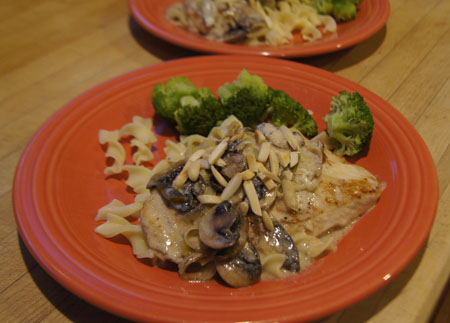Cookbook #232: Cuisinart Elite Collection, 14-cup Elite Collection, Cuisinart, Conair Corporation, NJ, circa 2010.
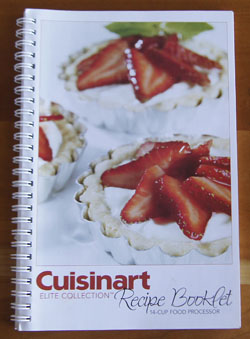 My current food processor is the 14-cup Elite (I covered my old one in this post). I give this Cuisinart permanent residence on the counter in my kitchen! I chose this 14-cup food processor for myself in 2010, when I retired from the University of Colorado. The folks in the Chem Dept took up a collection and gave me a gift card the night of my retirement celebration – and this Cuisinart Elite is what I chose to buy for myself. I look at it with fond memories.
My current food processor is the 14-cup Elite (I covered my old one in this post). I give this Cuisinart permanent residence on the counter in my kitchen! I chose this 14-cup food processor for myself in 2010, when I retired from the University of Colorado. The folks in the Chem Dept took up a collection and gave me a gift card the night of my retirement celebration – and this Cuisinart Elite is what I chose to buy for myself. I look at it with fond memories.
The 14-cup Elite comes with 3 bowls: small, medium, and large; a blade for chopping and a blade for dough; and the usual slicing discs and grating discs. The blades and discs fit into a cute Barbie-style plastic storage box. I use the large bowl a lot, and the small one is especially nice when I am preparing food for the two of us.
How would I review this Cuisinart, after using it for 8 years? Well, no food processor is perfect. Liquid sometimes leaks from the top, because the rubber gasket does a poor job of sealing the connection between the bowl(s) and the top of the unit. It’s also tricky sometimes to get the lid and feeder in the proper position for the switch to work (sometimes I have to hold the lid down with my hand while chopping). Cheese, especially jack cheese, just doesn’t want to grate in it, it gobs up into chunks. When I grate carrots or any vegetable, big chunks are left on top of the shredding disc. Sure there are 3 bowls, supposedly so you can quickly move through different parts of a recipe, but the blades and discs and the processor lid always have to be rinsed inbetween. If I had a clean-up person following me around, I’d use my Cuisinart a lot more. Often it’s easier to just grab a good knife and chop.
But would I choose to live without it? Heck no. It’s my best tool for quantities of chopped vegetables, it’s what I use to make pie crusts, it’s what I use to make hummus, pesto, and salad dressings. As I said, I allow it permanent space on my kitchen counter, and that says a lot. It looks good too. Plus, Cuisinart has excellent support for their products. My food processor and I just have a sort of love-hate relationship.
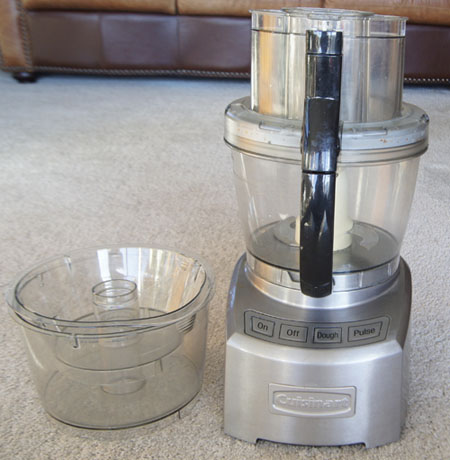 I page through the recipes in this booklet. Yum, I want to make about every-other recipe! Just like my Cuisinart Prep 11 booklet, this is an excellent and enticing recipe resource. (A complete opposite from the Pressure Cooker, User’s Manual booklet that I covered a couple weeks ago.)
I page through the recipes in this booklet. Yum, I want to make about every-other recipe! Just like my Cuisinart Prep 11 booklet, this is an excellent and enticing recipe resource. (A complete opposite from the Pressure Cooker, User’s Manual booklet that I covered a couple weeks ago.)
Here are all the recipes I’d like to try: Tartar Sauce, Spinach Pasta Dough, Classic Bruschetta, Caramelized Onion, Steak and Gruyere Quesadillas, Tomato Soup, Shredded Carrot Salad with Honey-Ginger Dressing, Spinach Ravioli, Classic Meatballs, Sweet Potato and Black Bean Empanadas, Stuffed Roasted Peppers, Cherry Crumb Muffins, Chocolate Chip Crumb Cake, and Pound Cake with Pine Nuts and Olive Oil.
For this blog, I will make the Roasted Red Pepper Sauce, scanned in below. Note how nicely this book is laid out – so much nicer than my other appliance recipe/instruction books:
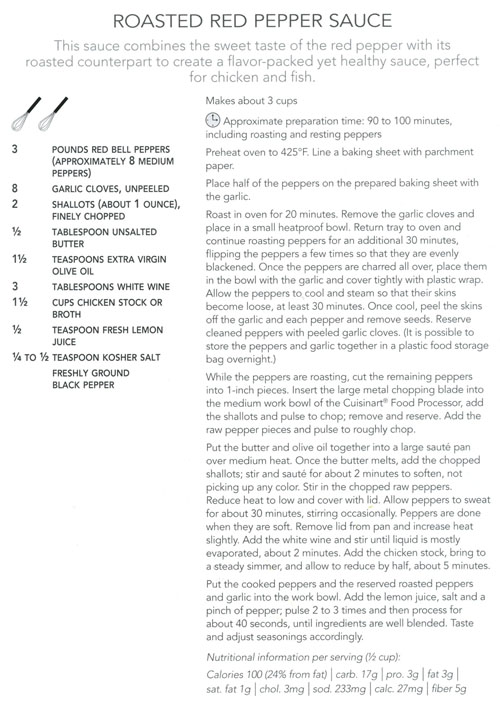 I decided to make just a half recipe for the two of us.
I decided to make just a half recipe for the two of us.
Roasted Red Pepper Sauce
makes about 1 1/2 cups
- 4 medium to large red peppers (1 1/2 pounds)
- 8 garlic cloves, unpeeled
- 1 shallot, about 1/2 ounce, chopped
- 1 teaspoon butter
- 1 teaspoon olive oil
- optional: 1-2 tablespoons white wine or a few splashes of white vinegar
- 3/4 cup chicken stock
- dash of fresh lemon juice
- salt and pepper to taste
Heat the oven to 425˚. Put half the red peppers and all of the garlic on a parchment-lined baking sheet. Roast it all in oven 20 minutes, remove and save the garlic, then continue roasting the red peppers for 30 more minutes. Turn the peppers occasionally so that they become evenly blackened. When they are charred all over, remove them and immediately seal them in a plastic bag. After about 30 minutes, the peppers will be cool and the skin easy to remove. Peel both the roasted peppers, removing the seeds, and also peel the garlic cloves. Store them together until you are ready to complete the sauce (I left mine overnight in the refrigerator).
Put the shallots in a food processor bowl fitted with a chopping blade. Pulse to chop, then remove them and set aside. By hand, chop the remaining 2 red peppers into 1-inch chunks and put these chunks in the food processor; pulse several times to roughly chop. Remove and set aside.
Heat the butter and olive oil in a large sauté pan using medium heat. Cook the shallots a couple minutes to soften – don’t let them get brown. Stir in the chopped red peppers, then cover the pan and reduce the heat to low. After 30 minutes, the peppers will be soft and “sweated”. Remove the lid from the pan and increase the heat slightly. Add the white wine (if you are using it) and stir unti the liquid is mostly evaporated (2 minutes). Add the chicken stock and simmer until reduced by half, about 5 minutes.
Put all of this shallot-pepper-stock mixture into the work bowl of the food processor, add the lemon juice and salt and pepper, and add the reserved roasted red peppers and garlic. Process about 40 seconds, until the mixture is well blended. Taste and adjust seasonings accordingly.
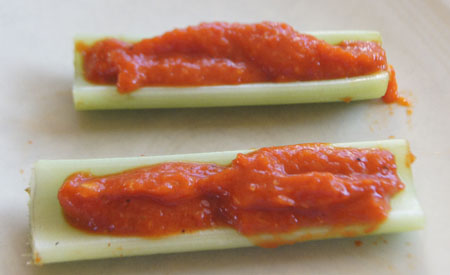
This was a lot more work than I signed up for! I didn’t read the recipe carefully enough before I started. But it is a very, very good sauce. So far I’ve just eaten it on celery – it would also be good on sandwiches but we are on a two-week no-carb stint. But this sauce/relish should keep a week or so in the refrigerator, and I will look for a chicken dish to use it on.

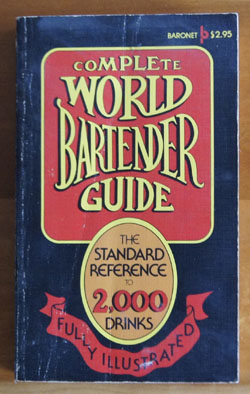 Why did I buy this book? We rarely make “cocktails”. Guess I had a moment when I wanted to act “civilized”, like my parents’ generation, where fancy cocktails were routine at social get-togethers. Whatever the cause, I bought the book. And the result was Complete World Bartender Guide sat my shelf, gathering dust.
Why did I buy this book? We rarely make “cocktails”. Guess I had a moment when I wanted to act “civilized”, like my parents’ generation, where fancy cocktails were routine at social get-togethers. Whatever the cause, I bought the book. And the result was Complete World Bartender Guide sat my shelf, gathering dust.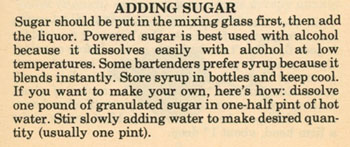 Actually, this page might be useful to me in the future. But I also have another recipe source for simple syrups in my comprehensive reference book,
Actually, this page might be useful to me in the future. But I also have another recipe source for simple syrups in my comprehensive reference book, 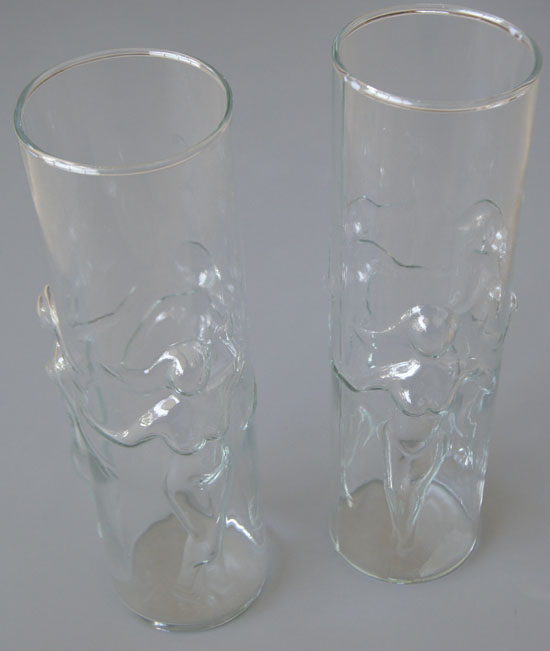 My uncle served in World War II and was for a time a bartender. Spending an evening with my aunt and uncle was always entertaining! We have the best memories of our visits to their home in Southern California.
My uncle served in World War II and was for a time a bartender. Spending an evening with my aunt and uncle was always entertaining! We have the best memories of our visits to their home in Southern California.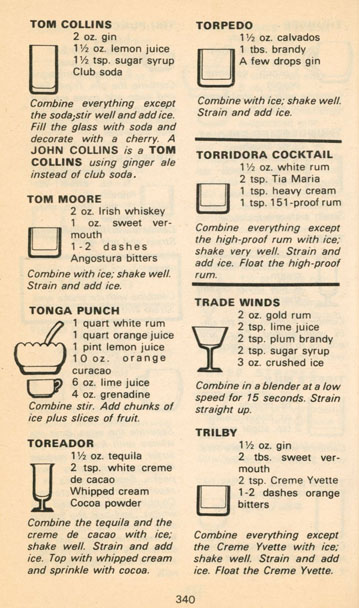 Collins mix is masde with simple syrup, lemon juice, and soda water. I could have used my Lemon Simple Syrup to make a Tom Collins. I should have looked on my own bookshelves for answers long ago.
Collins mix is masde with simple syrup, lemon juice, and soda water. I could have used my Lemon Simple Syrup to make a Tom Collins. I should have looked on my own bookshelves for answers long ago.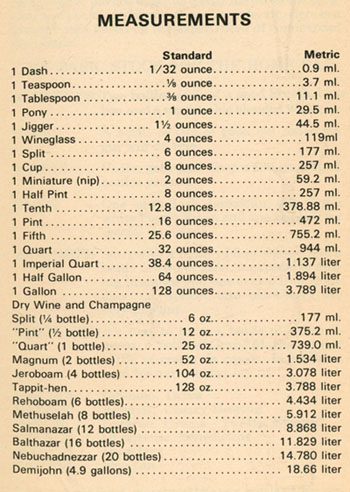 Bar glasses – they don’t have my “Skip and Go Nakeds!”
Bar glasses – they don’t have my “Skip and Go Nakeds!”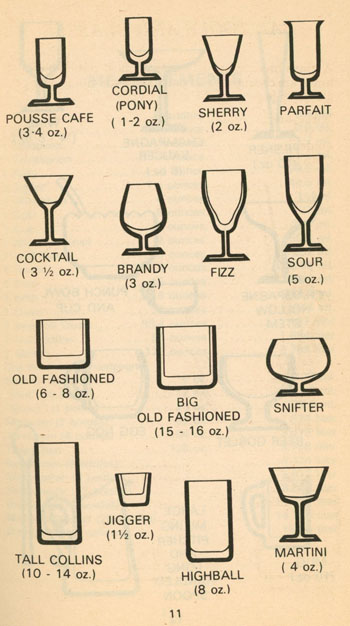
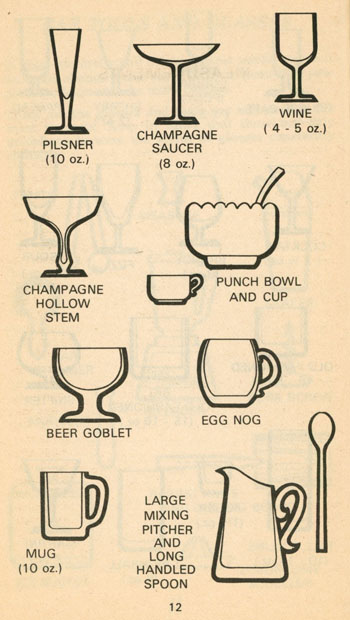
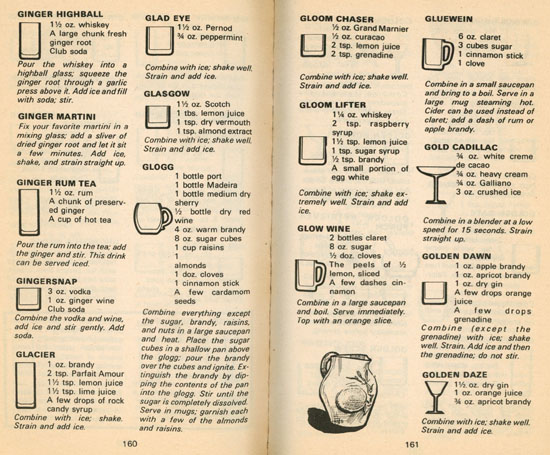 What am I going to make for this blog? We don’t really drink cocktails, especially this time of year, largely because we are trying to cut calories. There are a few low-calorie alcoholic drinks . . . and at the very back, a few non-alcoholic drinks. That suits the bill for us this January as we recover from the excesses of last year. I’ll try one of the tomato cocktails:
What am I going to make for this blog? We don’t really drink cocktails, especially this time of year, largely because we are trying to cut calories. There are a few low-calorie alcoholic drinks . . . and at the very back, a few non-alcoholic drinks. That suits the bill for us this January as we recover from the excesses of last year. I’ll try one of the tomato cocktails: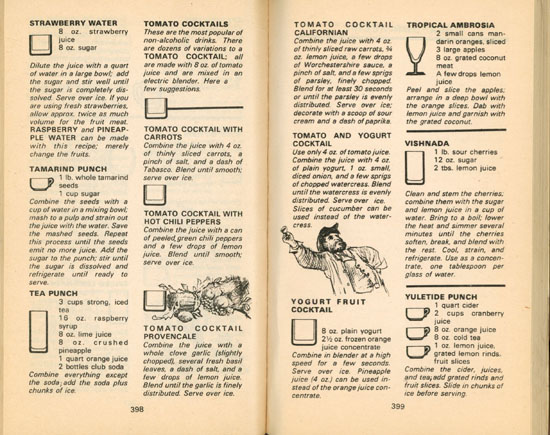 I will make the tomato cocktail with carrots. I keep small cans of tomato sauce in my pantry because I often use them when making marinara sauce. I took out a carrot to use, and wondered how much it weighed. Less than one ounce! This was an averaged-sized carrot. Heavens, I am supposed to use 4 ounces of carrots! That seemed way too much for me, so I only used that one 1-ounce carrot.
I will make the tomato cocktail with carrots. I keep small cans of tomato sauce in my pantry because I often use them when making marinara sauce. I took out a carrot to use, and wondered how much it weighed. Less than one ounce! This was an averaged-sized carrot. Heavens, I am supposed to use 4 ounces of carrots! That seemed way too much for me, so I only used that one 1-ounce carrot.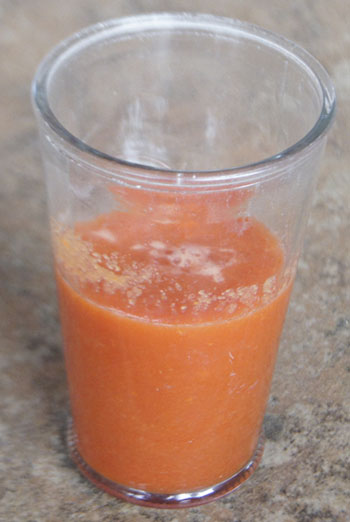 Sure, this was good. The carrots were still a bit crunchy after a minute of blending, though. I didn’t mind, but you might use carrot juice instead, or a juicer.
Sure, this was good. The carrots were still a bit crunchy after a minute of blending, though. I didn’t mind, but you might use carrot juice instead, or a juicer. This is the instruction manual that came with the pressure cooker I bought sometime in the early 2000s. I have already talked about that specific pressure cooker in my post
This is the instruction manual that came with the pressure cooker I bought sometime in the early 2000s. I have already talked about that specific pressure cooker in my post 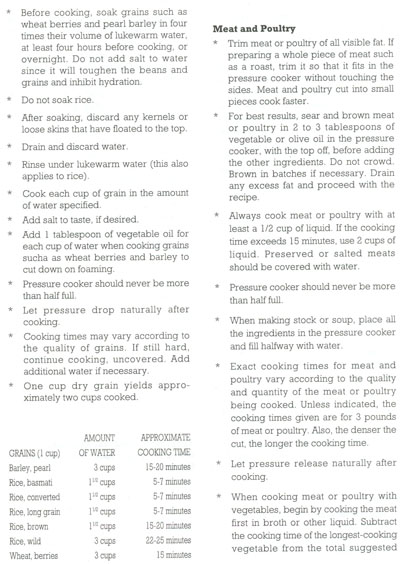
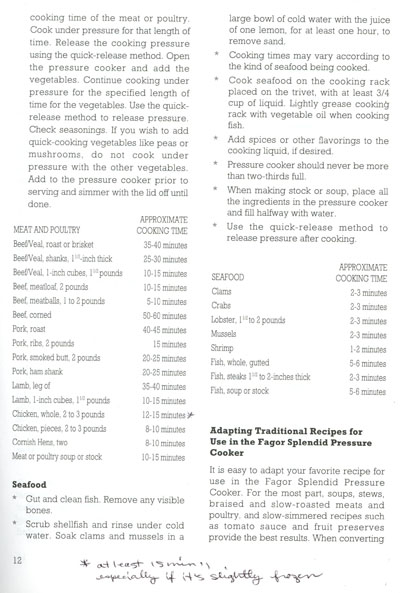
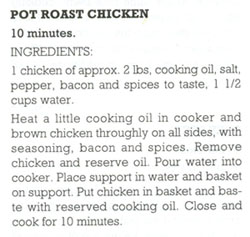 I don’t need this booklet anymore, since I no longer have a stove-top pressure cooker and since the recipes aren’t very exciting. I will recycle it.
I don’t need this booklet anymore, since I no longer have a stove-top pressure cooker and since the recipes aren’t very exciting. I will recycle it.
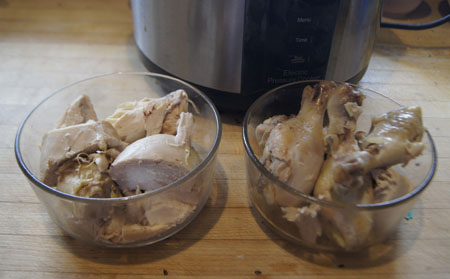
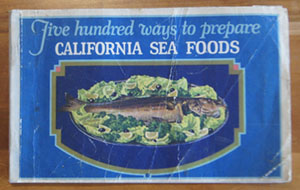 The sheer abundance of fish covered in this book is amazing – about 60 species! The table below shows the types, poundage, and total amount of fish produced in 1933 in California.
The sheer abundance of fish covered in this book is amazing – about 60 species! The table below shows the types, poundage, and total amount of fish produced in 1933 in California.
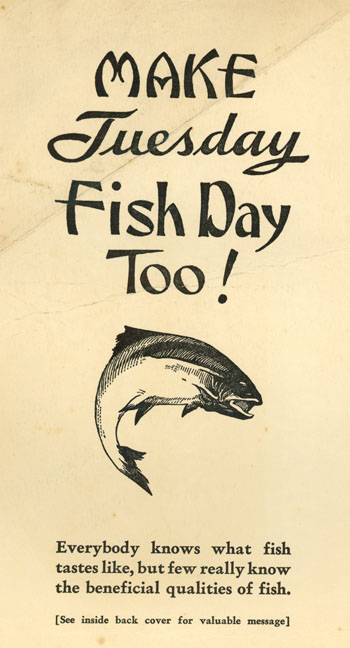 This takes me back: when I was in elementary school, we always had fish on Friday – a tuna fish sandwich in my lunchbox. Fish on Friday was a Catholic practice, and although we were not Catholic, we nevertheless had those tuna sandwiches. Curious about this tradition, I found several interesting articles. In
This takes me back: when I was in elementary school, we always had fish on Friday – a tuna fish sandwich in my lunchbox. Fish on Friday was a Catholic practice, and although we were not Catholic, we nevertheless had those tuna sandwiches. Curious about this tradition, I found several interesting articles. In 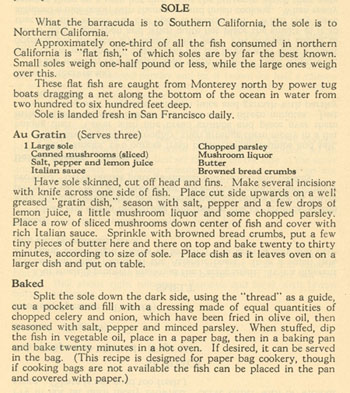 That’s not the only page of recipes for sole – they go on for four more pages!
That’s not the only page of recipes for sole – they go on for four more pages!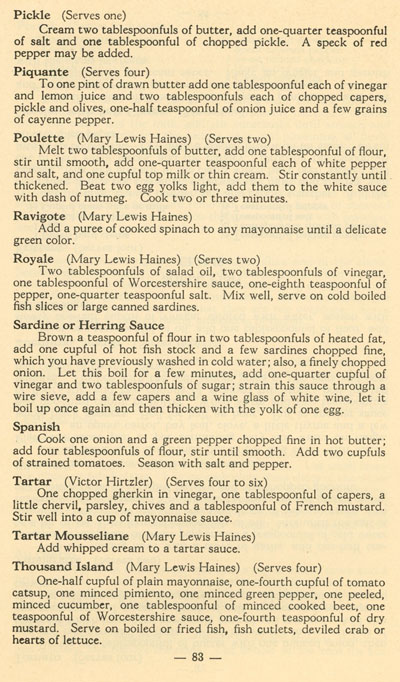 The book ends with “Reasons Why you should make Tuesday Fish Day too!” touts fish as “one of the most heathful and nourishing foods known to science”.
The book ends with “Reasons Why you should make Tuesday Fish Day too!” touts fish as “one of the most heathful and nourishing foods known to science”.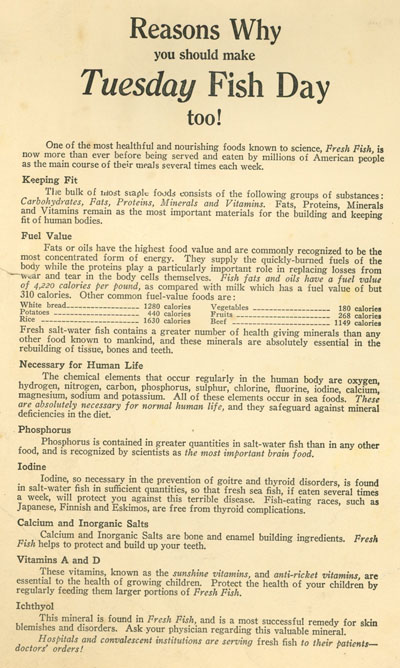
 This tartar sauce was amazingly good. Fresh and zingy. I served it with salmon along with wedges of lemon. I usually make “tartar sauce” by mixing together mayo or yogurt with a little pickle relish and tarragon. But this one is a big step up in flavor, and still very easy to make. I am sure I’ll use it a lot in the future!
This tartar sauce was amazingly good. Fresh and zingy. I served it with salmon along with wedges of lemon. I usually make “tartar sauce” by mixing together mayo or yogurt with a little pickle relish and tarragon. But this one is a big step up in flavor, and still very easy to make. I am sure I’ll use it a lot in the future!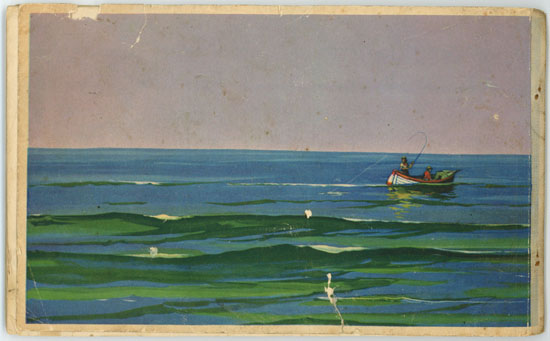

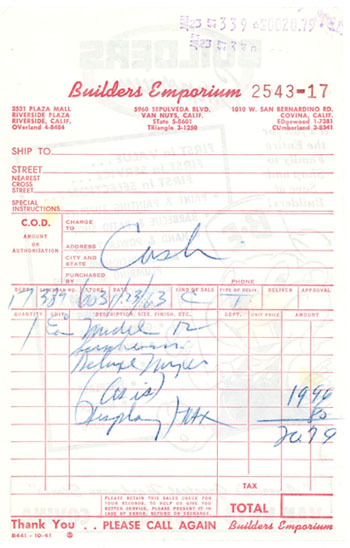
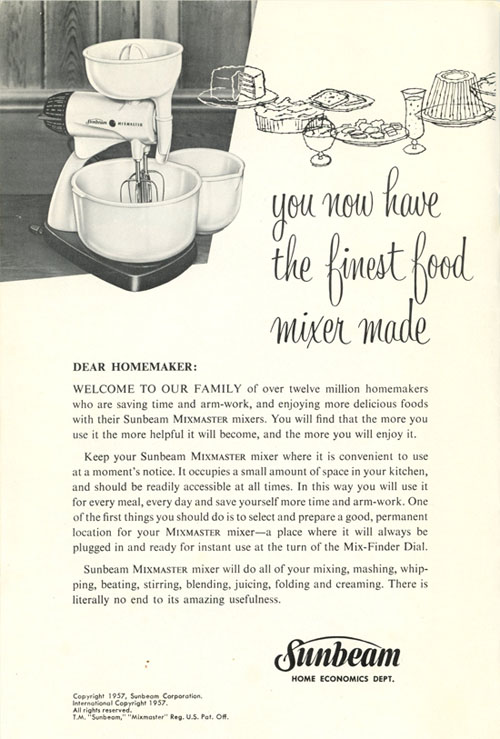
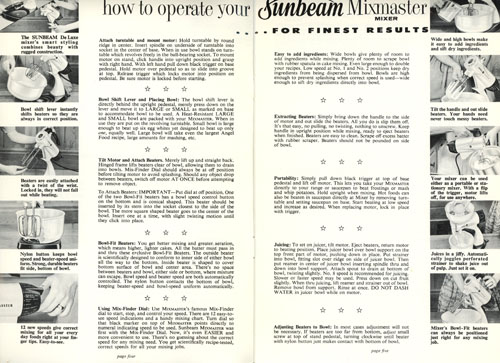 Basic instructions for making cakes. I like the vintage black-and-white photos:
Basic instructions for making cakes. I like the vintage black-and-white photos: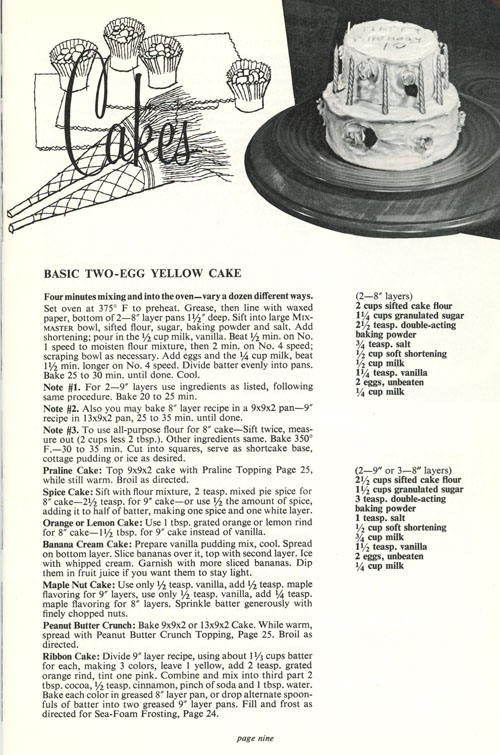 Loaf cakes:
Loaf cakes:
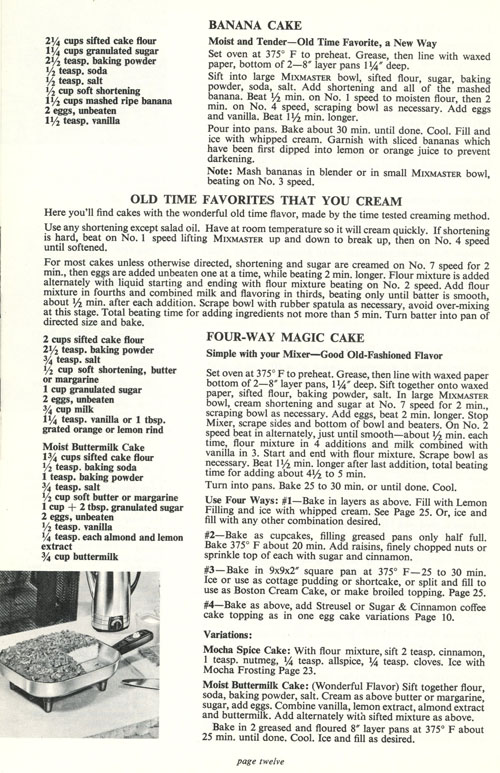
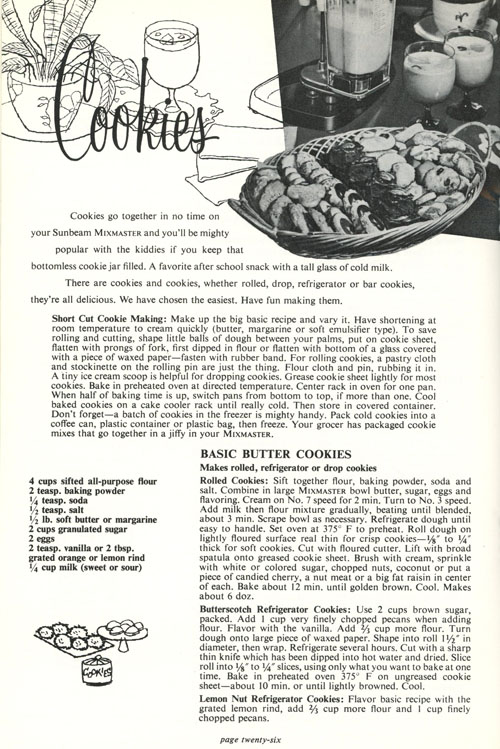 I like the following page for the kitchen counter photo at the top of the page. And the text below suggests to use a Sunbeam electric fry pan for the pan cakes, a waffle iron for the waffles, and a blender as well as the mixmaster for the meat loaf.
I like the following page for the kitchen counter photo at the top of the page. And the text below suggests to use a Sunbeam electric fry pan for the pan cakes, a waffle iron for the waffles, and a blender as well as the mixmaster for the meat loaf.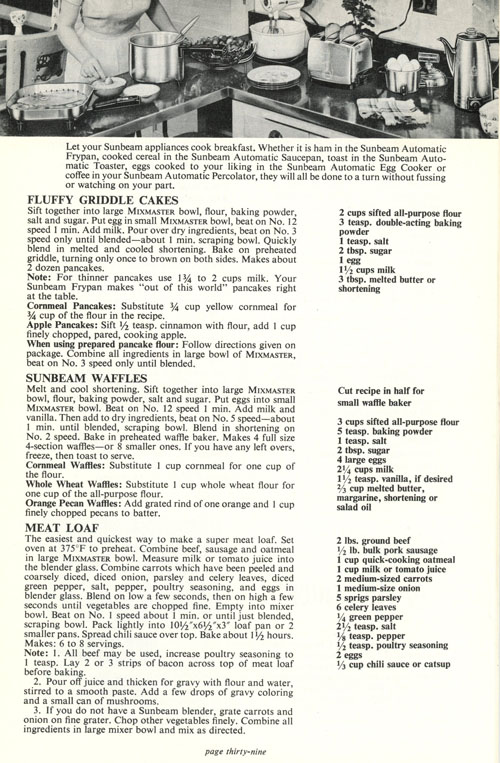 Finally, the back cover, showing all the available Sunbeam appliances in 1957. I made a similar scan of the back cover of
Finally, the back cover, showing all the available Sunbeam appliances in 1957. I made a similar scan of the back cover of 
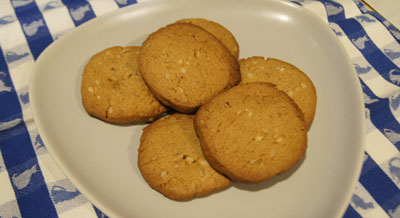 These are tasty. I cooked them too long because I didn’t read my directions! I thought it was “12 minutes”, but it was “10 minutes”. I checked them at 12 and thought they weren’t brown enough, so I gave them another 2 minutes and they actually tasted burned. 10 minutes! They will not look real brown but will be done!
These are tasty. I cooked them too long because I didn’t read my directions! I thought it was “12 minutes”, but it was “10 minutes”. I checked them at 12 and thought they weren’t brown enough, so I gave them another 2 minutes and they actually tasted burned. 10 minutes! They will not look real brown but will be done!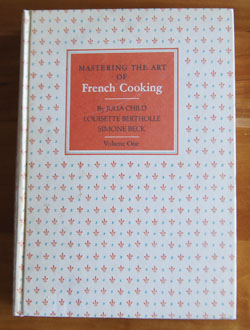
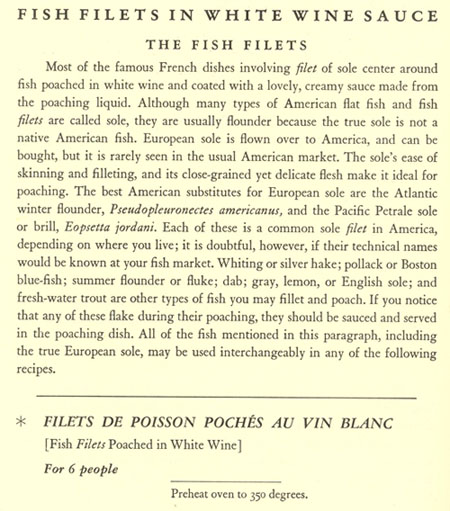
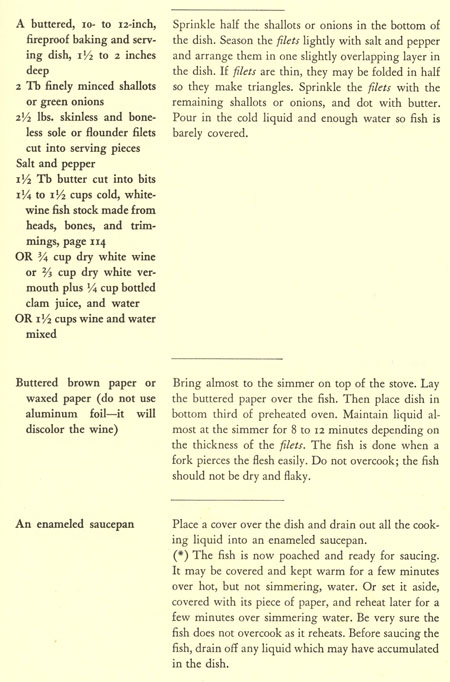

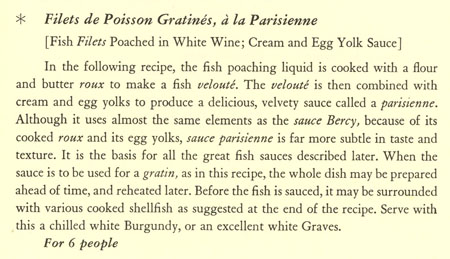
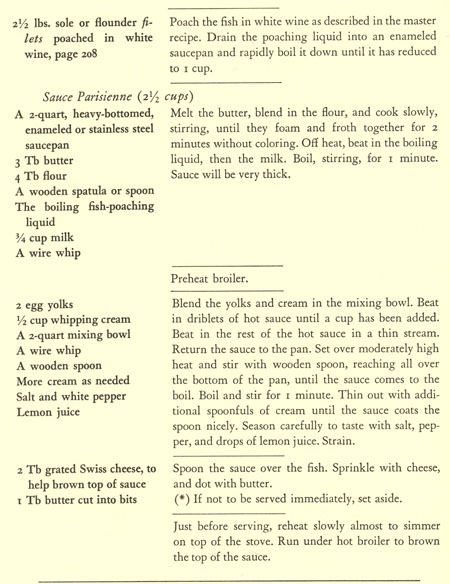

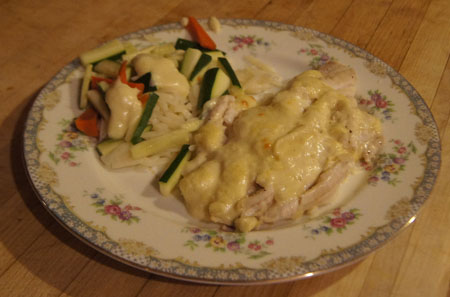 I served with a little orzo and steamed julienned zucchini and carrots on the side. I also served a loaf of
I served with a little orzo and steamed julienned zucchini and carrots on the side. I also served a loaf of 
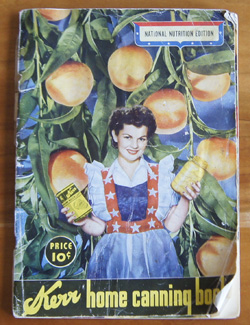 The time is 1943 and World War II is raging when this Kerr Home Canning Book is published. My parents, grandparents, uncles and aunts are affected, whether serving in the armed forces or living in the US. The entire American population gathers together to help the war effort. I wish now that I had had long talks with my parents and grandparents about the war, and learned more about their experiences, their feelings.
The time is 1943 and World War II is raging when this Kerr Home Canning Book is published. My parents, grandparents, uncles and aunts are affected, whether serving in the armed forces or living in the US. The entire American population gathers together to help the war effort. I wish now that I had had long talks with my parents and grandparents about the war, and learned more about their experiences, their feelings.
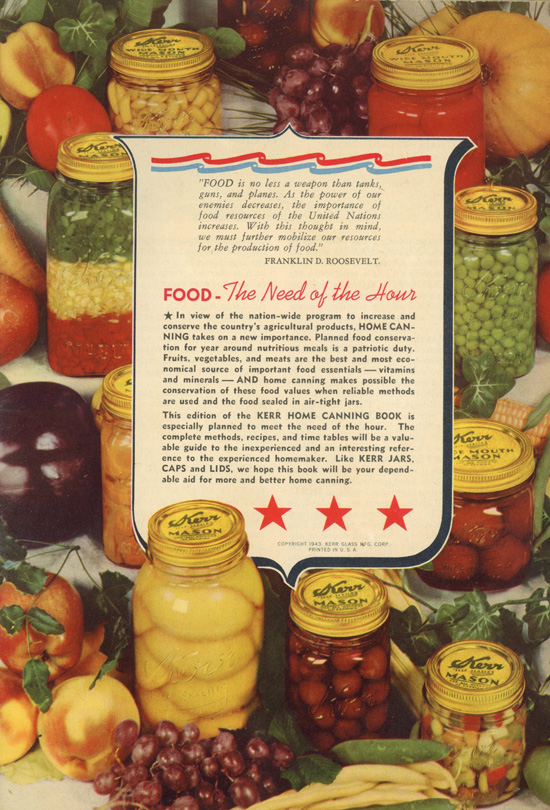

 More nostalgia:
More nostalgia: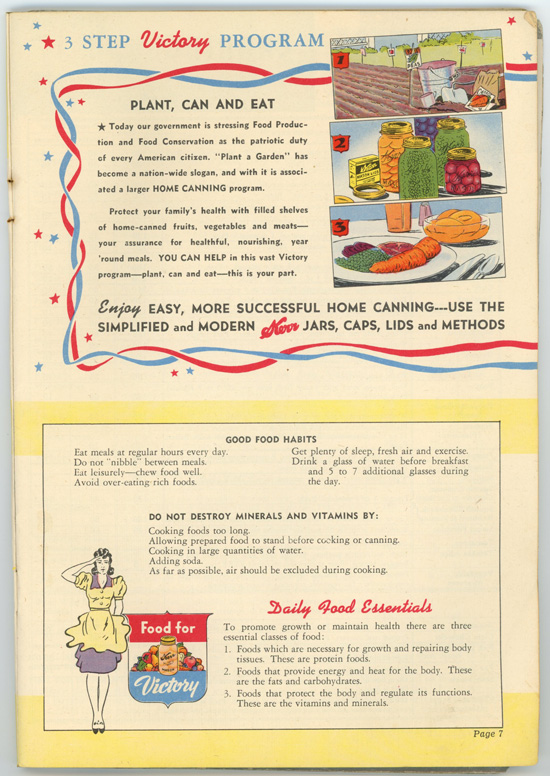
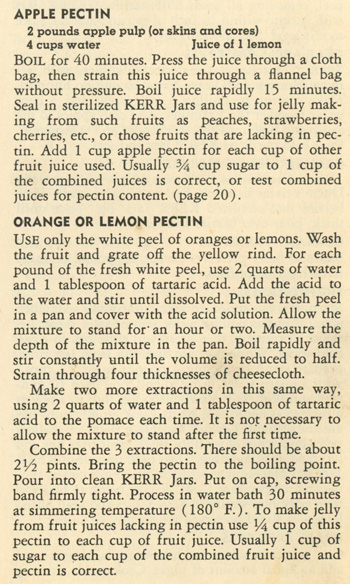
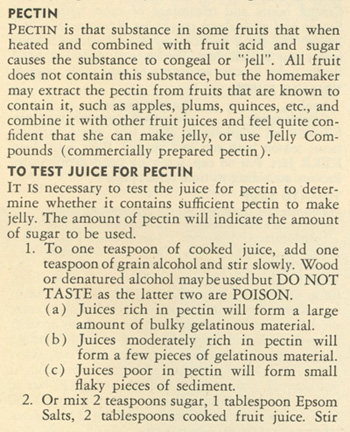
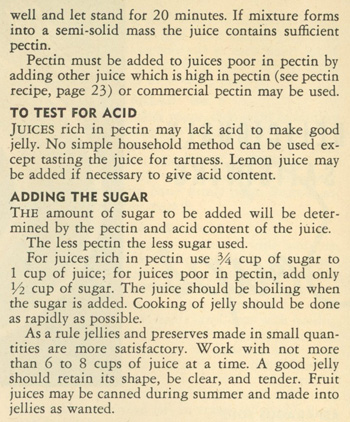 In the above excerpt, they do state that “commercial pectin” can be used, so apparently boxed or bottled pectin was available in 1943. Sure enough, Wikipedia states that pectin was commercially produced by the 1920s.
In the above excerpt, they do state that “commercial pectin” can be used, so apparently boxed or bottled pectin was available in 1943. Sure enough, Wikipedia states that pectin was commercially produced by the 1920s.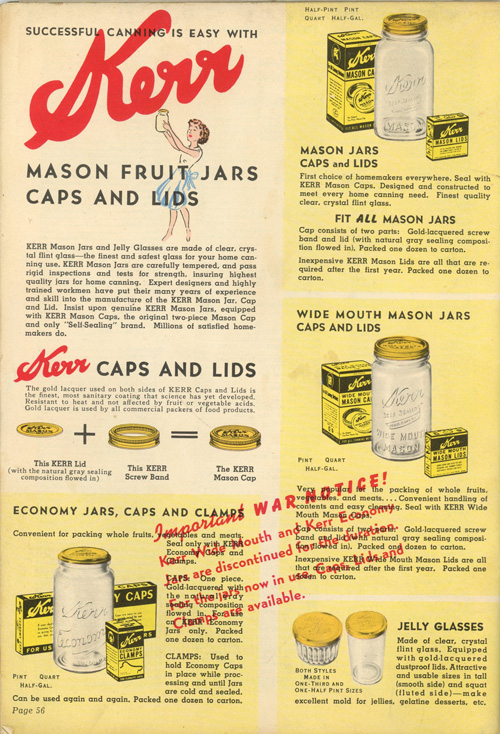
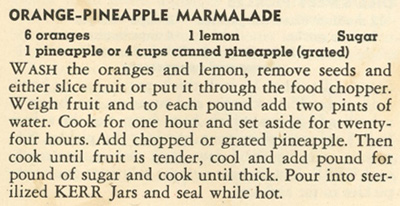
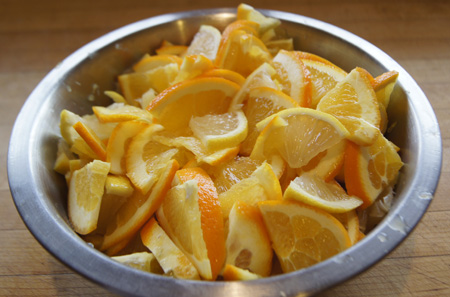
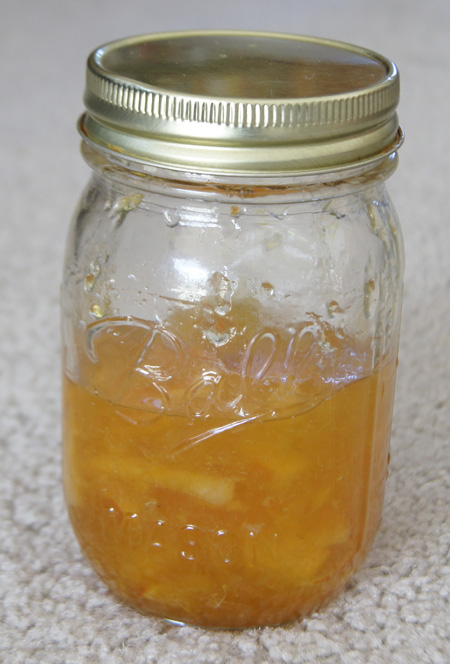
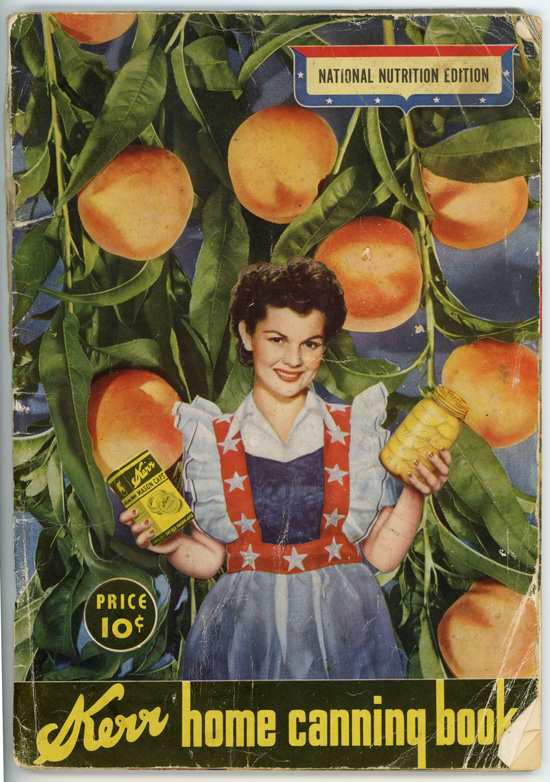
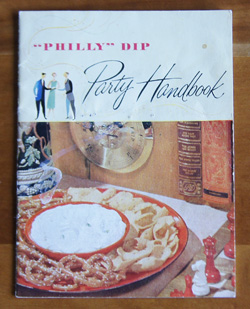 Philly Dip Party Handbook is a paper booklet of cream cheese dip recipes. It’s only 4.5 x 6-inches and 20 pages long. Was it my mother’s? Grandmother’s? I am not sure, as there is no handwriting in this booklet. There is no publication date given, but from web searches, I learned that it was published in the 1950s or 1960s.
Philly Dip Party Handbook is a paper booklet of cream cheese dip recipes. It’s only 4.5 x 6-inches and 20 pages long. Was it my mother’s? Grandmother’s? I am not sure, as there is no handwriting in this booklet. There is no publication date given, but from web searches, I learned that it was published in the 1950s or 1960s.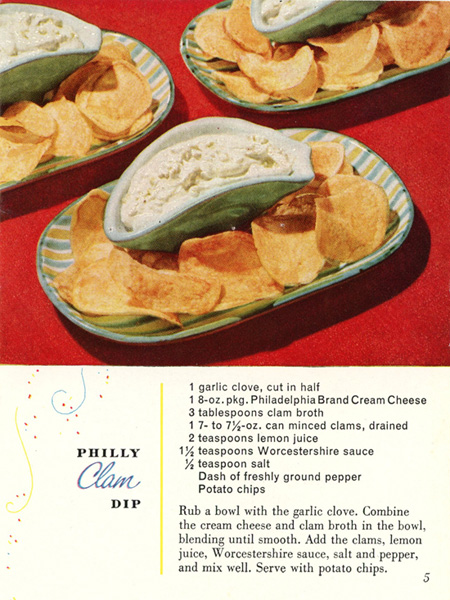
 I remember with fondness clam dips from my childhood. Often my father would make it, and he always claimed his was clam dip was the “best clam dip ever”. He might have added sour cream to his version. As for me, I’ll make it just like the recipe in the Philly Dip Party Handbook.
I remember with fondness clam dips from my childhood. Often my father would make it, and he always claimed his was clam dip was the “best clam dip ever”. He might have added sour cream to his version. As for me, I’ll make it just like the recipe in the Philly Dip Party Handbook.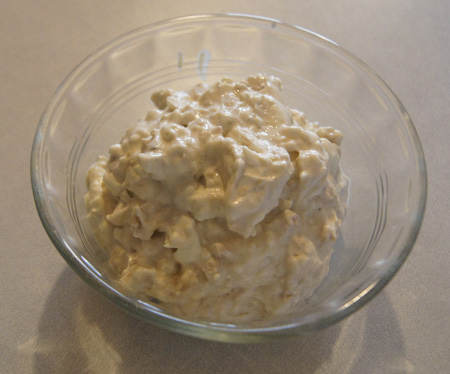
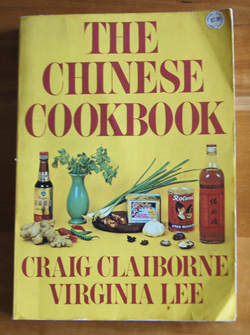 The Chinese Cookbook is one of my favorite cookbooks. I always keep it in my kitchen for ready reference!
The Chinese Cookbook is one of my favorite cookbooks. I always keep it in my kitchen for ready reference!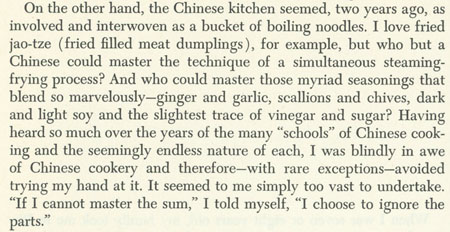 Claiborne goes on to talk about his fourteen year stint as the food news editor and restaurant critic for the New York Times, saying “I was tired. I neeeded rest and a respite from cooking. And then I met Virginia Lee.”
Claiborne goes on to talk about his fourteen year stint as the food news editor and restaurant critic for the New York Times, saying “I was tired. I neeeded rest and a respite from cooking. And then I met Virginia Lee.”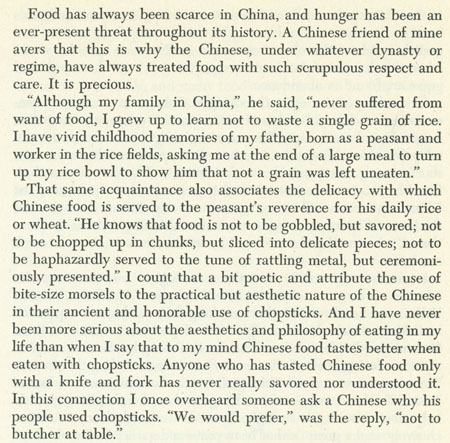 I learned how to make most of my current repertoire of Chinese dishes from The Chinese Cookbook. The recipes are easy to follow, even though the ingredient lists might look daunting with exotic ingredients. For instance, Hot and Sour Soup:
I learned how to make most of my current repertoire of Chinese dishes from The Chinese Cookbook. The recipes are easy to follow, even though the ingredient lists might look daunting with exotic ingredients. For instance, Hot and Sour Soup: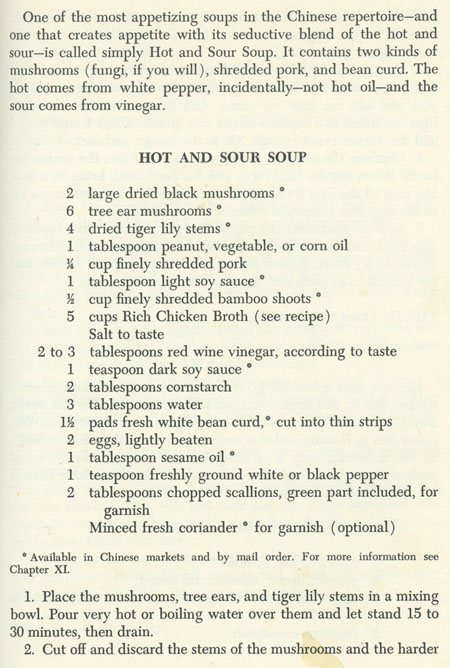
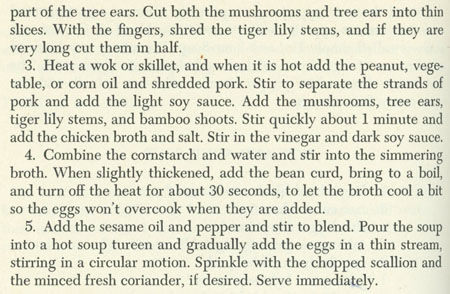 I’ve made this Hot and Sour Soup many times. Dried black mushrooms, tree ear mushrooms, and dried tiger lily stems! Ages ago, I had to go all the way to Denver to a Chinese market to find all of these ingredients. Nowadays I go to the Asian Seafood Market in Boulder. Sometimes I leave out these exotic ingredients, if I have none on hand, or I use fresh shitakes and skip the tree ear and black mushrooms tiger lilies. Not as much fun, but still a good soup.
I’ve made this Hot and Sour Soup many times. Dried black mushrooms, tree ear mushrooms, and dried tiger lily stems! Ages ago, I had to go all the way to Denver to a Chinese market to find all of these ingredients. Nowadays I go to the Asian Seafood Market in Boulder. Sometimes I leave out these exotic ingredients, if I have none on hand, or I use fresh shitakes and skip the tree ear and black mushrooms tiger lilies. Not as much fun, but still a good soup.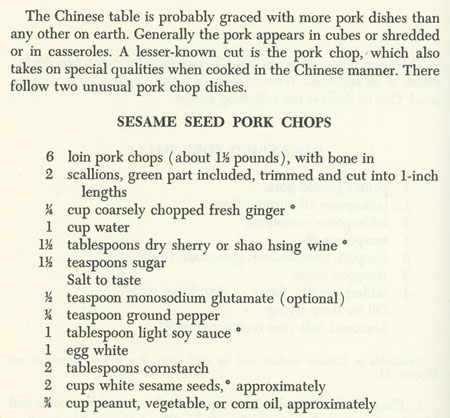
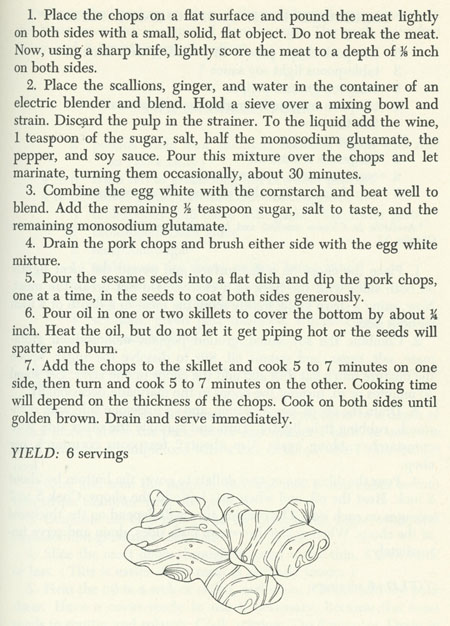 I made these pretty much as per the above recipe, except I left out the monosodium glutamate, and I halved the recipe for two people, but did not halve the amount of egg white/cornstarch mixture. I used bone-in pork sirloin chops, but actually, next time I’d prefer to use boneless pork sirloin.
I made these pretty much as per the above recipe, except I left out the monosodium glutamate, and I halved the recipe for two people, but did not halve the amount of egg white/cornstarch mixture. I used bone-in pork sirloin chops, but actually, next time I’d prefer to use boneless pork sirloin.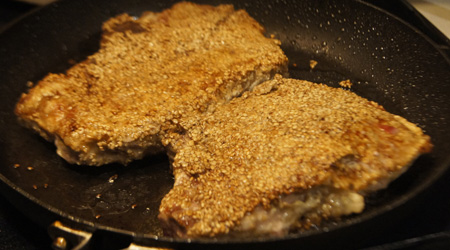 To serve, I sliced the cooked chops into large chunks. It was messy because I had to avoid the bone. But, the pork was very, very juicy and flavorful. I served with fried rice and snow peas and fresh shitakis.
To serve, I sliced the cooked chops into large chunks. It was messy because I had to avoid the bone. But, the pork was very, very juicy and flavorful. I served with fried rice and snow peas and fresh shitakis.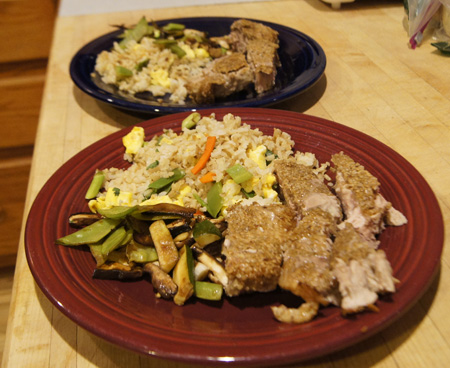
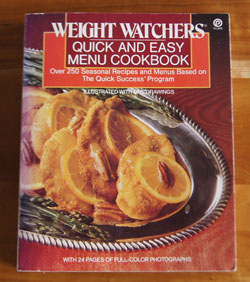 This is the second Weight Watchers book that I have covered in this blog, the other was
This is the second Weight Watchers book that I have covered in this blog, the other was 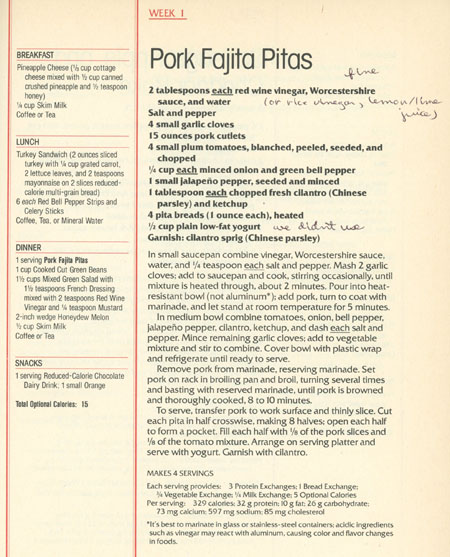
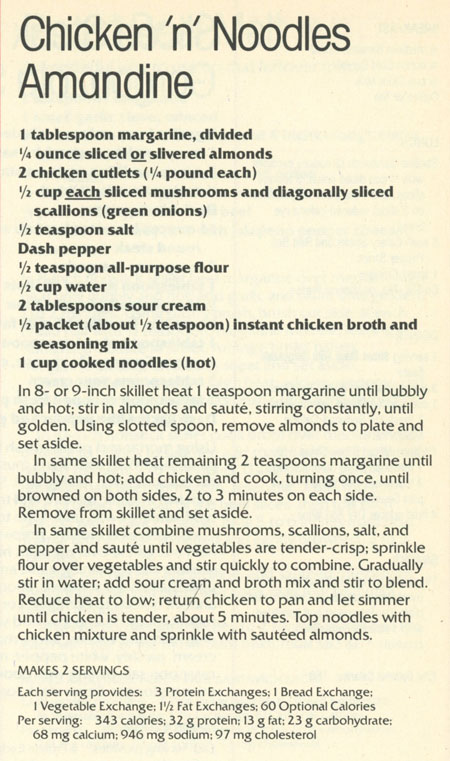
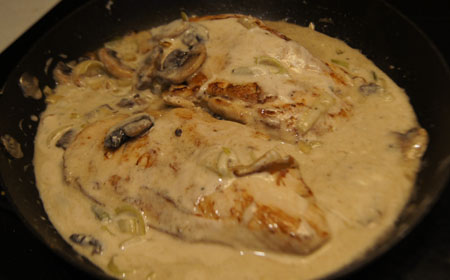 And our plated meal:
And our plated meal: